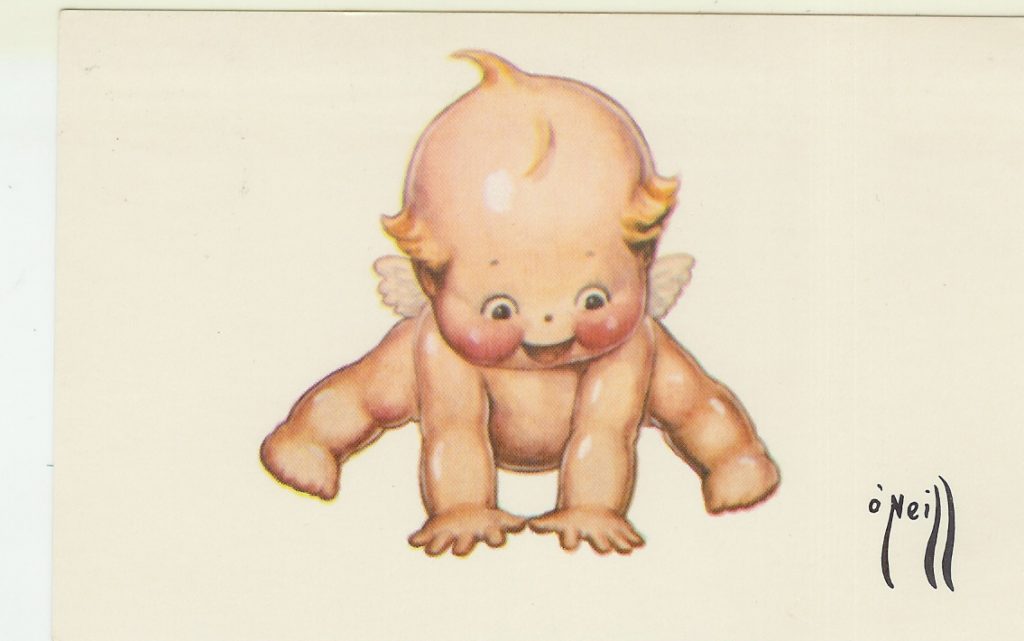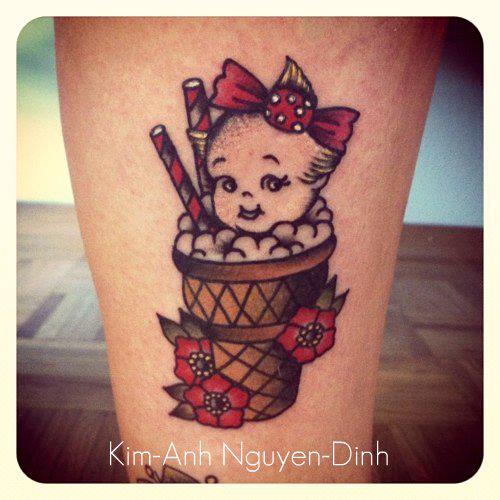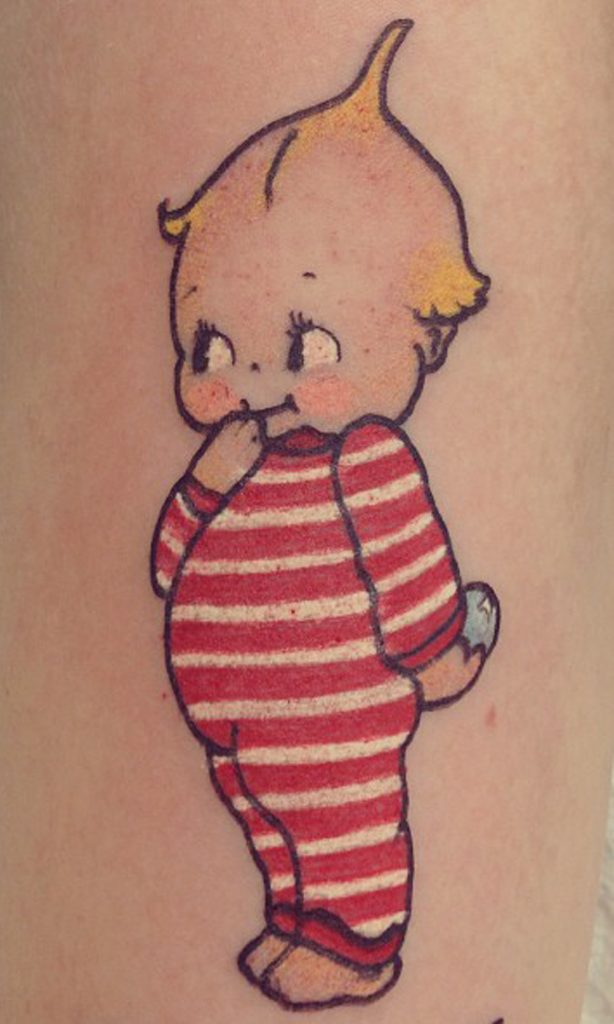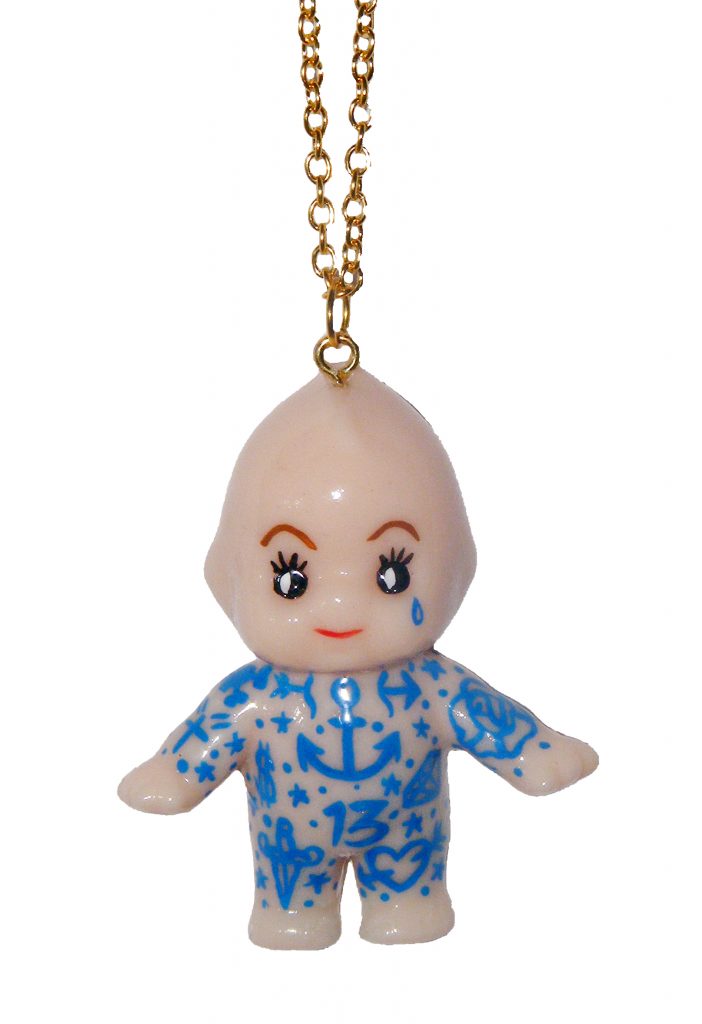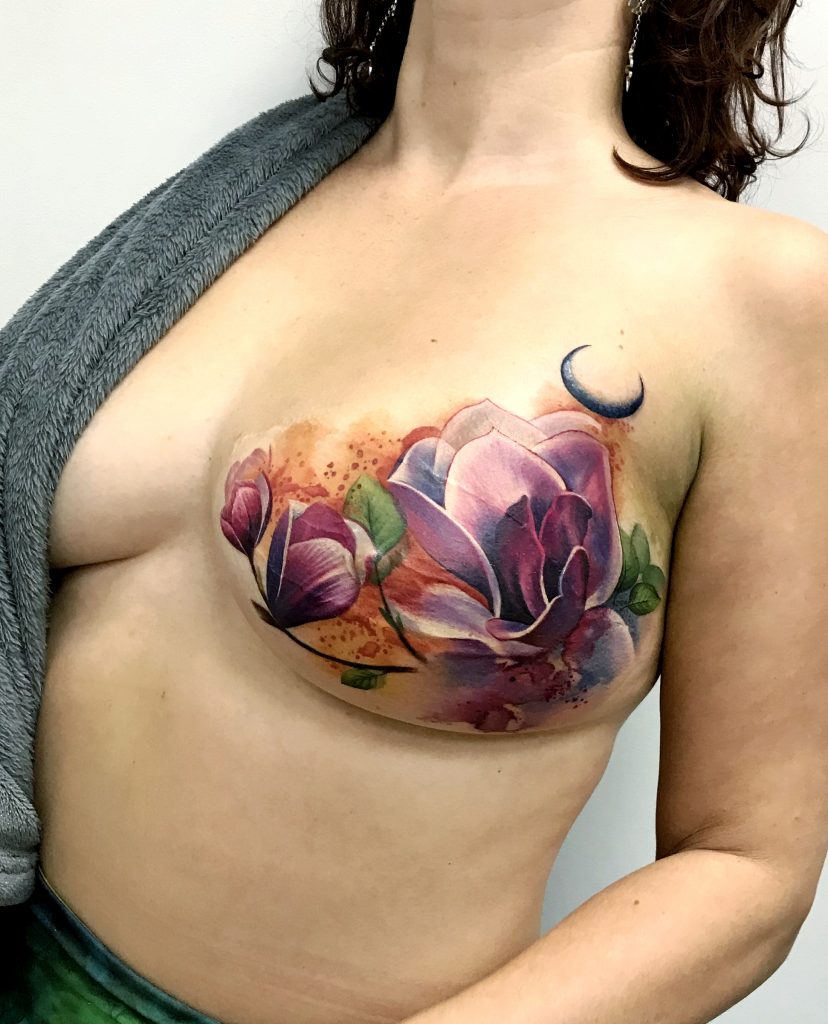Tattoo artist Kajsa Franzén is based in Ubud, Bali and in Gothenburg, Sweden. Having sold her female only studio, Red Rose Tattoo, in 2017, Kajsa moved abroad to seek new adventures, she’s been working ‘on the road’ ever since. We caught up with Kajsa to chat all things tattooing and what it mans to be a woman in the industry. She also asks the question – are you a real artist or an Instagram artist?
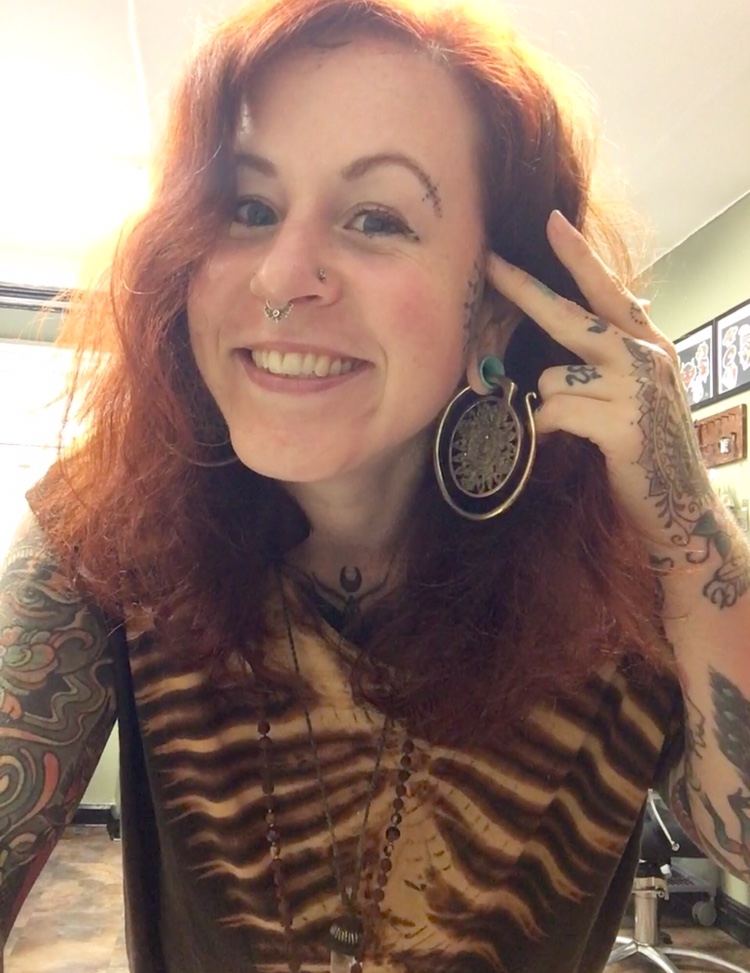 How long have you been tattooing? 12 years of tattooing. And two years apprenticeship – so 14 years in this business!
How long have you been tattooing? 12 years of tattooing. And two years apprenticeship – so 14 years in this business!
What made you want to become a tattooist? I was curious how I could make a living out of something where I could be creative every day! When I started in 2006, there were not many female tattoo artists at all, so I wasn’t too sure if it would be possible. I didn’t know anything about the business but as I figured it out I knew I wanted to be a part of it and actually be a part of a big change for the female artists movement! I was lucky to meet my teacher as he just moved from New York` to my hometown. He rose to the challenge of teaching me when I had zero experience.
There were a lot of male artists that tried to put me down and make me stop learning they would say that I was just a groupie. So I thought ‘fuck them, I will prove them wrong.
Do you have a background in art? No, I’m self thought but I come from a very artistic and creative family filled with artists, painters, art teachers, sculptors. All of whom inspired me to become something I wanted to be.
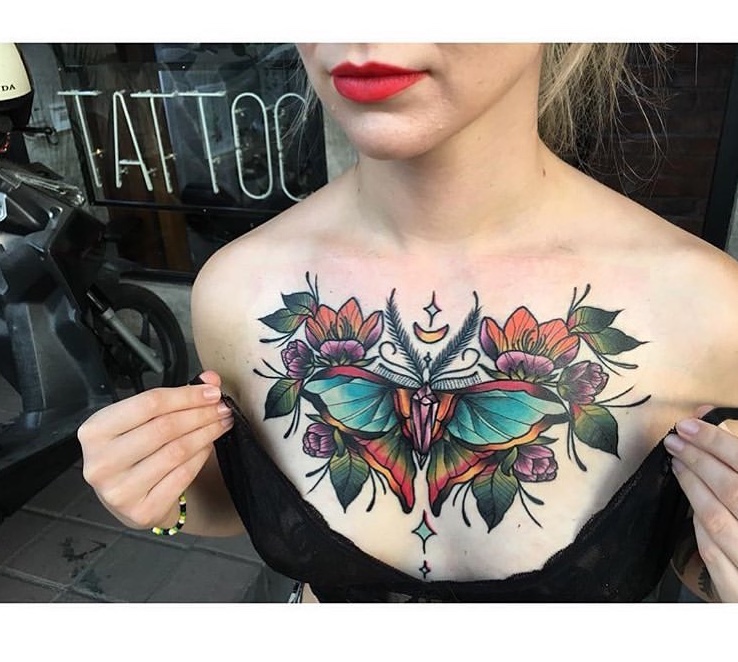
How would you describe your style? I think my style is hard to describe, because it varies, I don’t only work in one style. But its foundation is in old school traditional, with a fusion of new bold and bright colours, shapes and details. Sometimes it is inspired by geometric and mehdi patterns and sometimes it’s infused with neo-trad style.
Some tattoo magazines have described my style as ‘psychedelic new old school’ which I kind of like!
What inspires or influences your work?I probably get most of my inspiration from nature, animals and the universe. I meditate a lot and do yoga, so my inspiration comes from inside myself, maybe the chakras. And my colour pattern is choosen from the colours I see when I meditate or during healing as well as from nature. Of course I get inspired by other tattoo artists and art, but that is part of what we do.
Are there any artists that you admire?A lot. I couldn’t name just one, but I mainly admire hard working artists that draw their own designs. Nowadays there are so many toys that make tattooing so easy, too easy I think. Everyone can be a super star without any effort really but the hard working artists that draw with a pen and paper would survive even without the internet and a printer.
Living in Indonesia and Bali, I have also gotten to know some of the traditional hand tapping artists that use nothing but a needle on a stick, drawing directly onto the skin. I admire that style of raw tattooing.
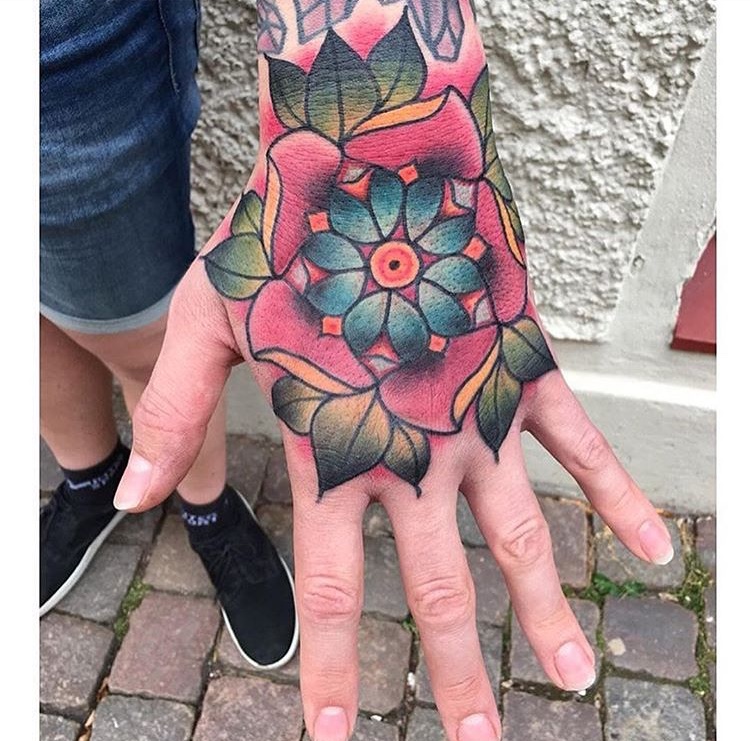
What do you like to tattoo and what would you like to do more of? I think I am a ‘go with the flow’ kind of custom artist. My clients never get to see their design until I meet them on the tattoo day, unless they have very specific requests. So I usually go with the flow and design upon their idea, choose the colours depending on my mood and how I and the client feel that day.
It usually stays very colourful. I love colours and contrasts, patterns and details. I think I would love to do more spiritual and occult, wicca, pagan, sourcery, nature and creature designs. Could be small symbols, or big pieces. I love to tattoo thighs!
How would you describe your experience as a female in the tattoo industry?I think I don’t have the best experience, but it never stopped me doing what I love. I also have tons of good experiences too!
Starting in 2006, there weren’t many female artists at all in my town, the second biggest city in the country, only had 4 or 5 female tattoo artists amongst maybe 80 males. I got to know the female tattooers and they all said the same thing and warned me to be on my guard. Because to be a girl in this buisness, you have to sharpen your elbows, have a lot of hard skin and work 10 times harder than a dude.
I was told many times that I was not good enough, people tried to bully me and fool me to make me look bad or to put me down. There was one time when my teacher was sick and I was alone in the shop with this other tattoo artist, he was there to supervise me while I had a client. While I was setting up my station, he came over and recommended that I use another black lining ink for lines, and said this was the best ink he ever tried. I trusted him so I used it on my poor client, tattooing black stars on her chest. Little did I know, the lines spread very quickly and I panicked – it was a nightmare.
He would also steal clients infront of me when no one else in the shop to hear us. Telling the clients I was shit, so they better book in with him instead. I have had male artist, that I know, commenting on my Facebook posts, that I suck and I shouldn’t continue what I am doing.
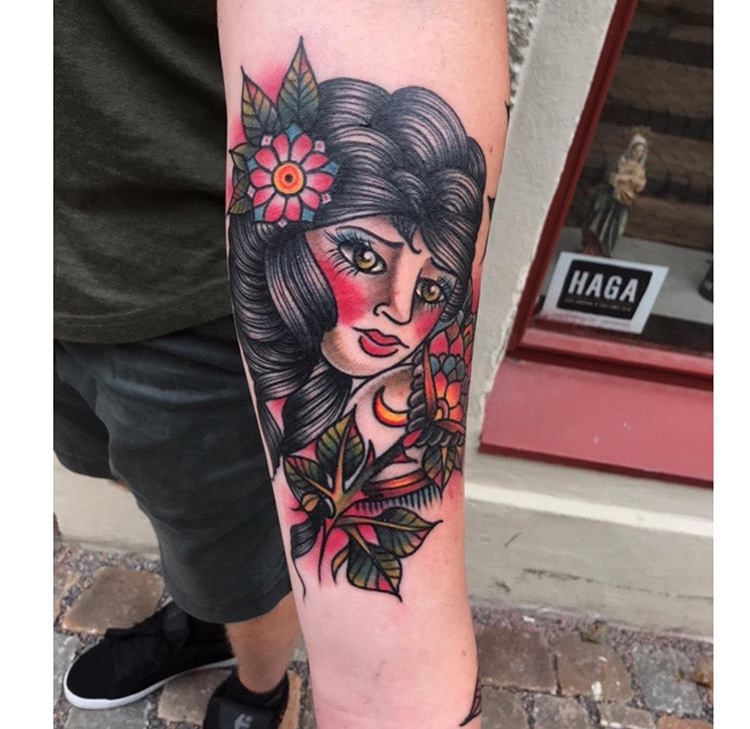
Did these experiences lead you to open a female-only shop? I think that was the reason I opened Red Rose Tattoo, with only female artists in 201 – one of the first female artist shops in Sweden. I think there was only one before mine, up in the north parts of Sweden. Called ‘Man’s Ruin Tattoo’ such a brilliant name!
I wanted to keep a space free from the things I experienced. I wanted to have a space where there were no sex jokes or male artists seducing the female clients. I wanted to have a cosier shop, no pee on the toilet seat, not beeing accused of having my period if they thought I was being grumpy.
But the problem is not only with male artists, I learned that after a few years of running my shop. I have also been backstabbed by my own female shop collegues a couple of times. I think mostly from jealousy and low self esteem. Maybe a bit of mental illness and perhaps drug related problems, but definitely a lack of manners, humbleness and respect to others.
But I do have a lot of tattoo business friends who have lovely attitudes to each other, both male and female, always treating each other with respect. We share our thoughts and techniques, we talk about machines, what brand of needles we use, we help eachother, without any ulterior motive. Just pure friendship and love.
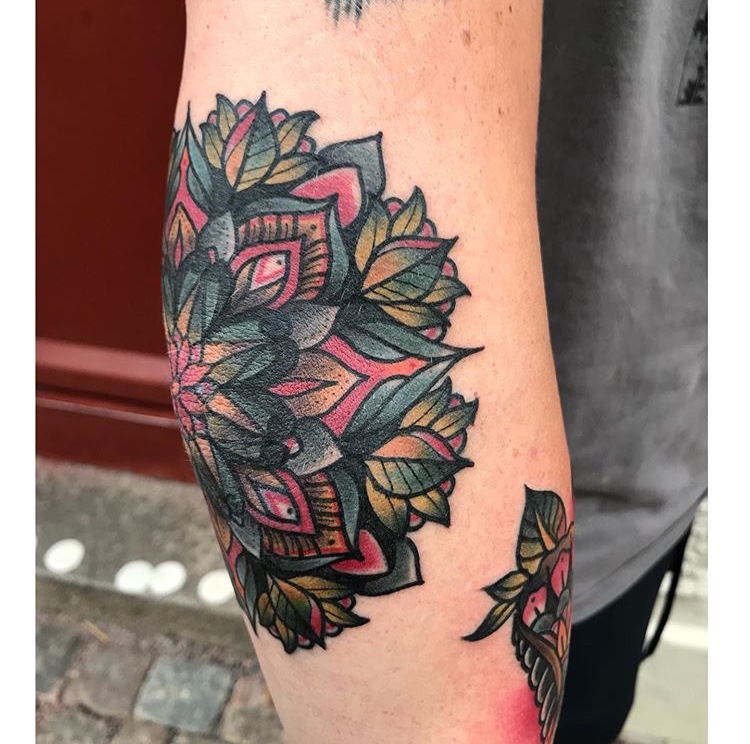
What do you think of the tattoo industry as a whole?Both good and bad. As with most things in life. It is getting a little bit out of control. The ‘industry’ is growing too fast. Too many artists, too many new inks, needles, products brands and too many fake people. I think it is too easy, there’s too much focus on social media and how many followers you have and how you look. I see a lot of artists hungry for attention so they also use their tattoo platform to post modelling pictures of themselves. They care if you are beeing sponsored or not, if you are cool enough to talk to or to follow on social media. It has become a game. A mad game.One good friend of mine said recently ‘we either have to play the game by the new rules or stay out of the game’.
Do you think social media has changed he tattoo world? There are some truly amazing hard working and honest artists around the world! But there are also a lot of artists using modern tools to edit mistakes to make flawless tattoos, people buying followers, hiring someone to answer your emails and calls because they are beeing lazy or too busy playing the social media game. Now, the whole tattoo industry is worshipping social media.
Clients check how many followers the artist has rather than check if they can actually do a straight line. You wouldn’t know anyway because of all the filters and photoshopped pictures.The hype over ‘fine line’ tattoos where no one really cares if it looks good when it heals. It is just too much to be honest. I love the old fashion business, keeping it real.
That is why I love to see healed work, no filter, just real work, by real artists. I think that is the proof of what you actually are. Are you a tattoo artist or an Instagram artist? When I started there were no Facebook or Instagram. But the industry has adapted, that’s positive all the new tools like Instagram have helped artists a lot, it’s a good way to get clients, to promote and share your work. I think I get most of my new clients from Instagram.
The world now is more ‘instant’, everything should happen fast. You can make your own advertising within a few minutes. You don’t have to wait one month until the next issue of the tattoo magazine comes out with your recent work in it.
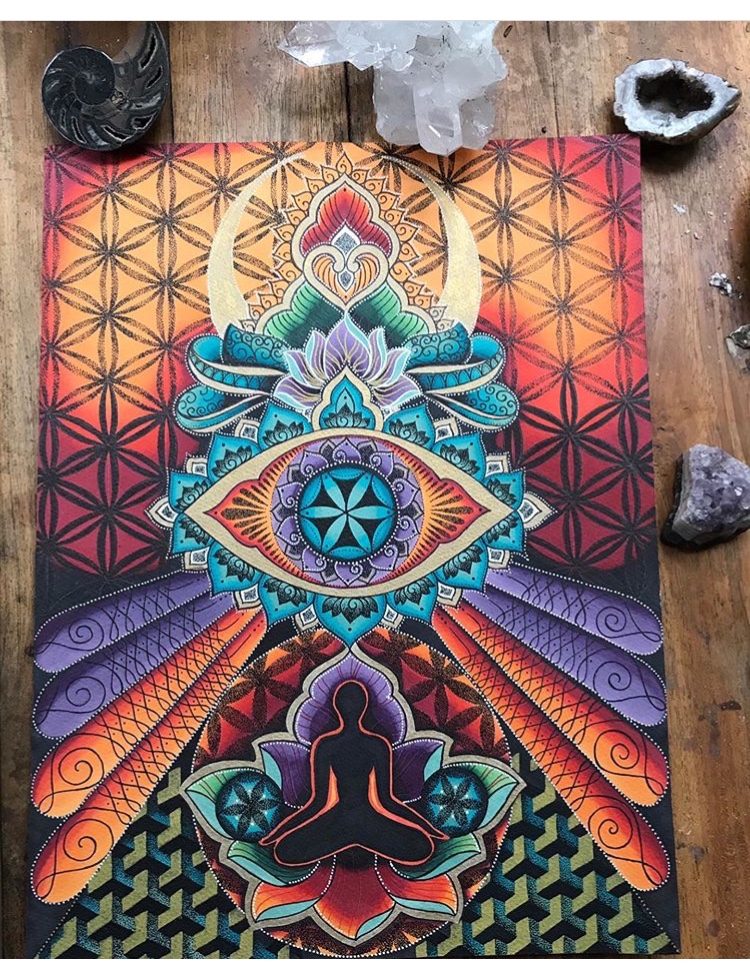
What advice would you give your younger self when you were starting out? Don’t trust people too easily, don’t let people take advantage of you, do your thing and keep developing yourself, and stay away from the drama.
Are you doing any conventions or guestspots soon? Yes! Since I moved to Bali, I don’t have a studio anymore so I am more free to travel! When I’m at conventions I still use my name Red Rose Tattoo so look out for that.
I used to work in tattoo studios in Bali, but the standards and knowledge about hygiene were very low, and it can be very complicated and expensive to get a work permit. So I guest in friends’ shops and create my art and jewellery – it works out fine for me!
I usually go to my friend’s shop in Singapore Bada Bink Tattoo Firm next time I’ll go there will probably be in December or January. Sometimes I guest in my friend’s shop in Kuala Lumpur Malaysia at Wayang Kulit Tattoo, it is close to Bali. I enjoy working a few days or and then going back to my lazy and slow Bali life.
I still have many regular and faithful clients in Sweden, so I am very lucky to manage this lifestyle because of them! I travel 2 or 3 months every year to visit my family and friends in Sweden. And when I am in Sweden, I work in my former teacher’s shop in Gothenburg 5 Points Tattoo. I am also attending some conventions around Europe each right now I am preparing for the Icelandic Tattoo Expo.
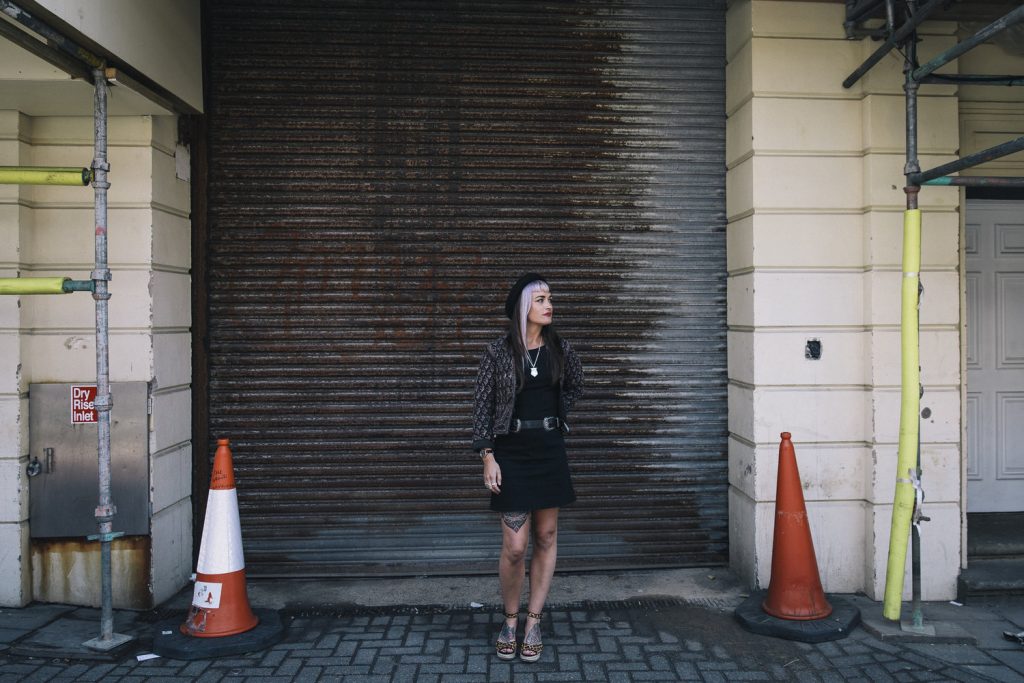
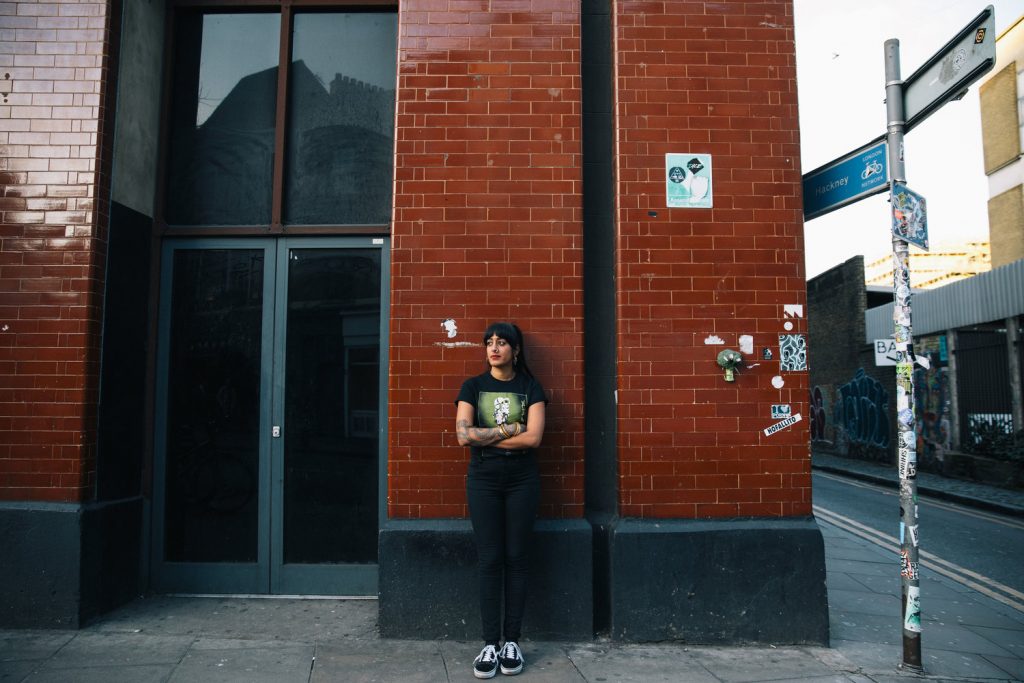
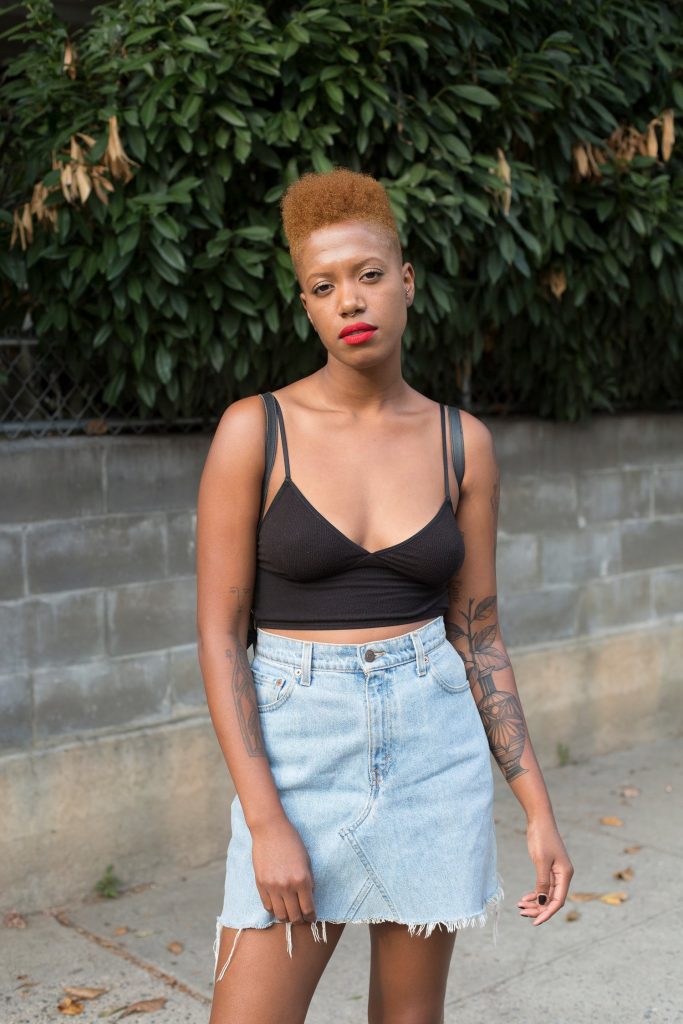
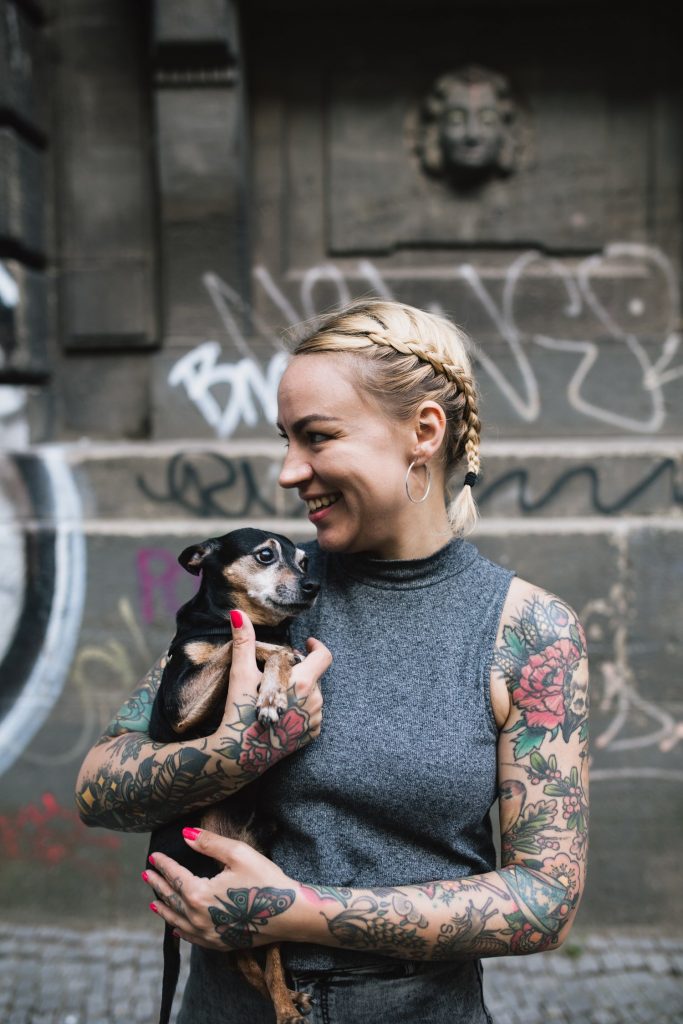
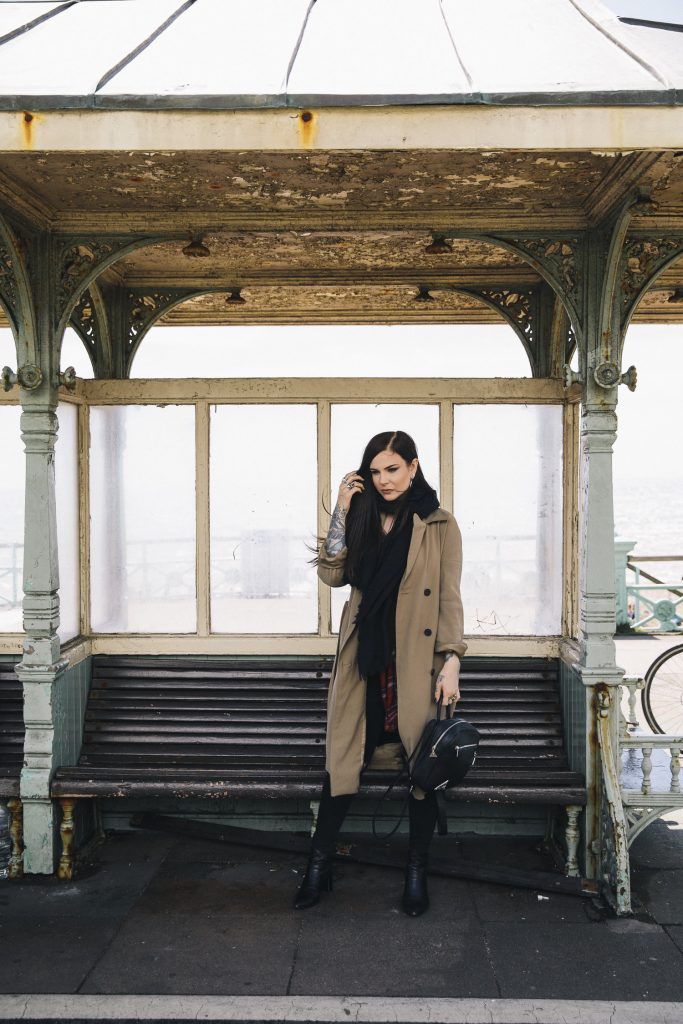
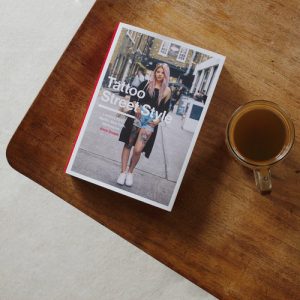
 How long have you been tattooing? 12 years of tattooing. And two years apprenticeship – so 14 years in this business!
How long have you been tattooing? 12 years of tattooing. And two years apprenticeship – so 14 years in this business!




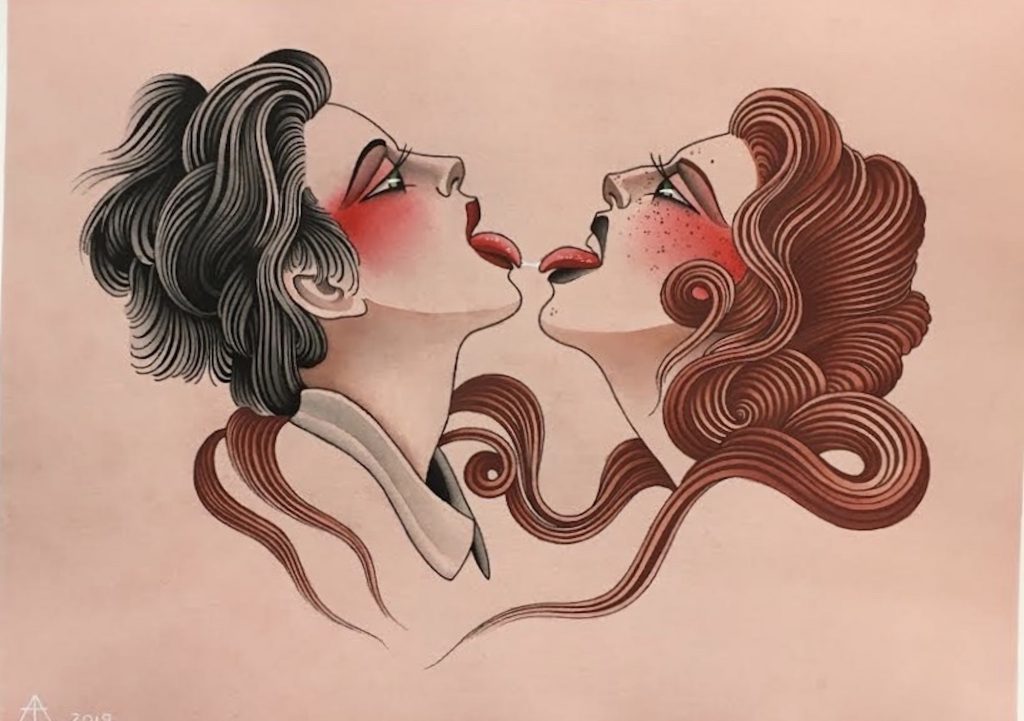
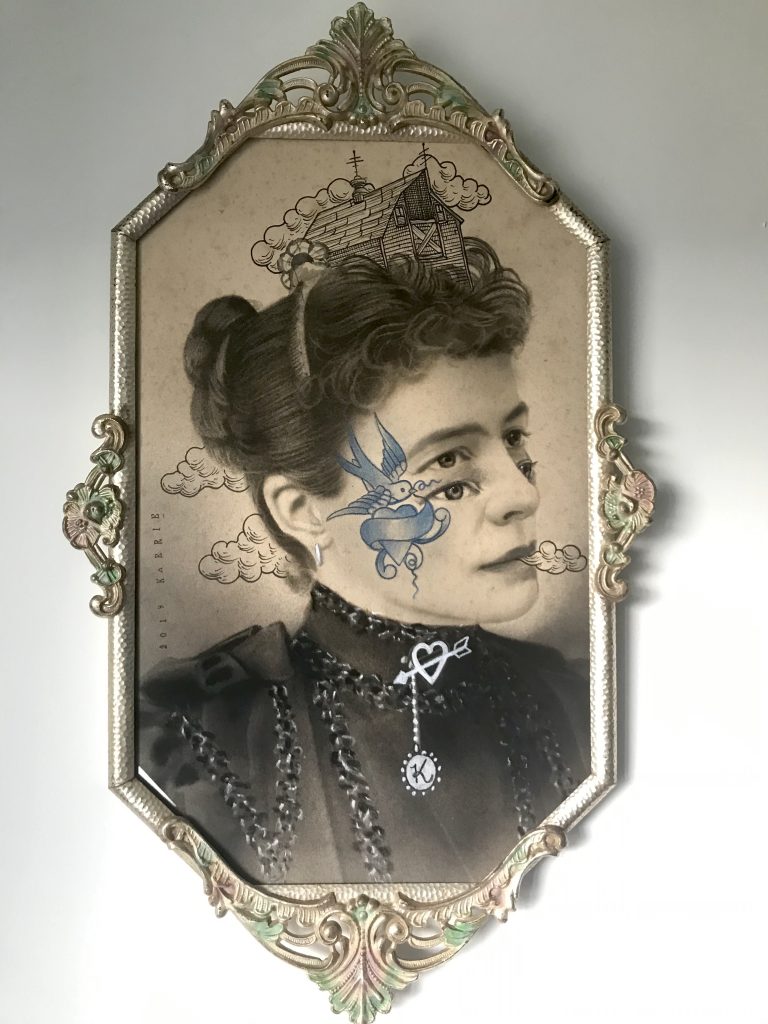
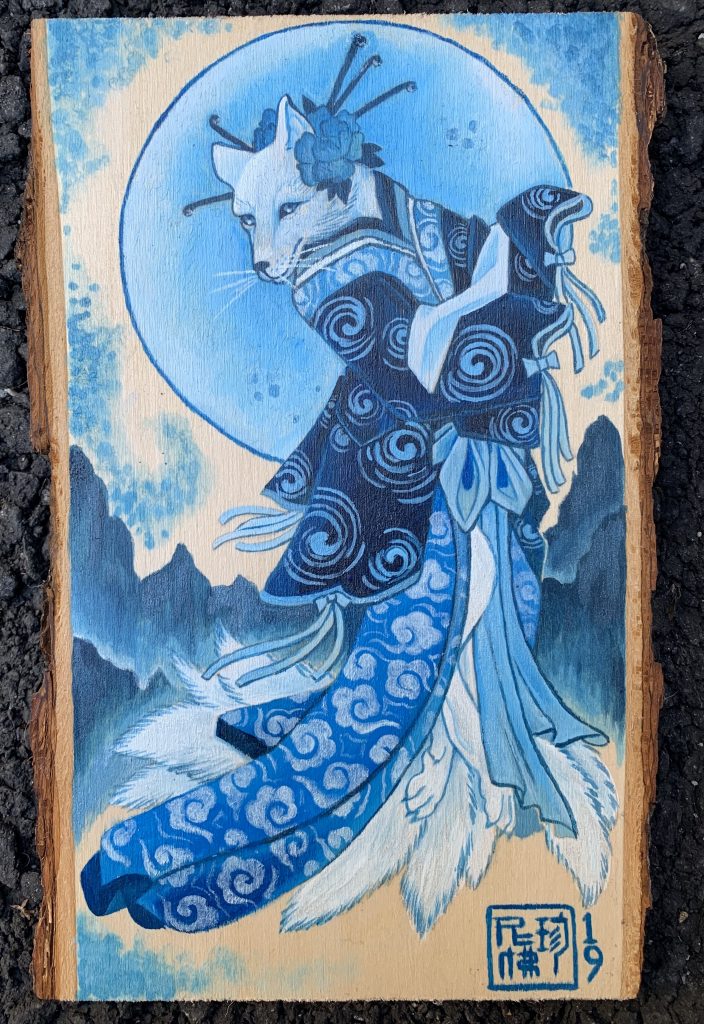
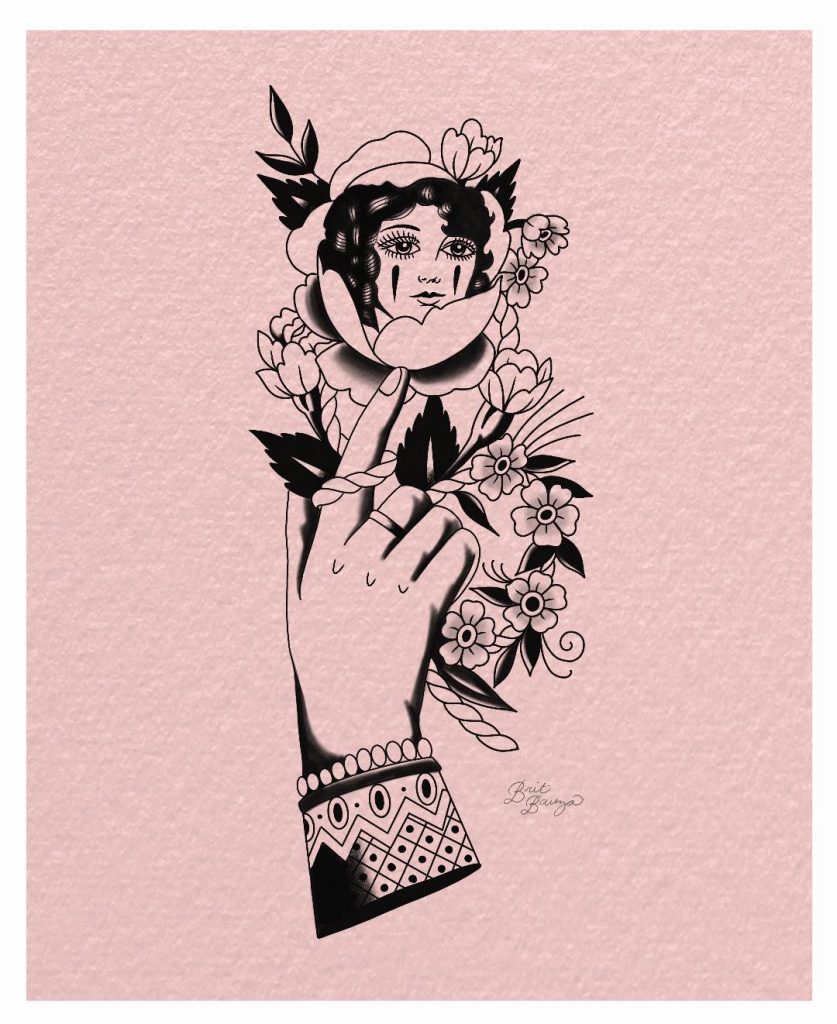
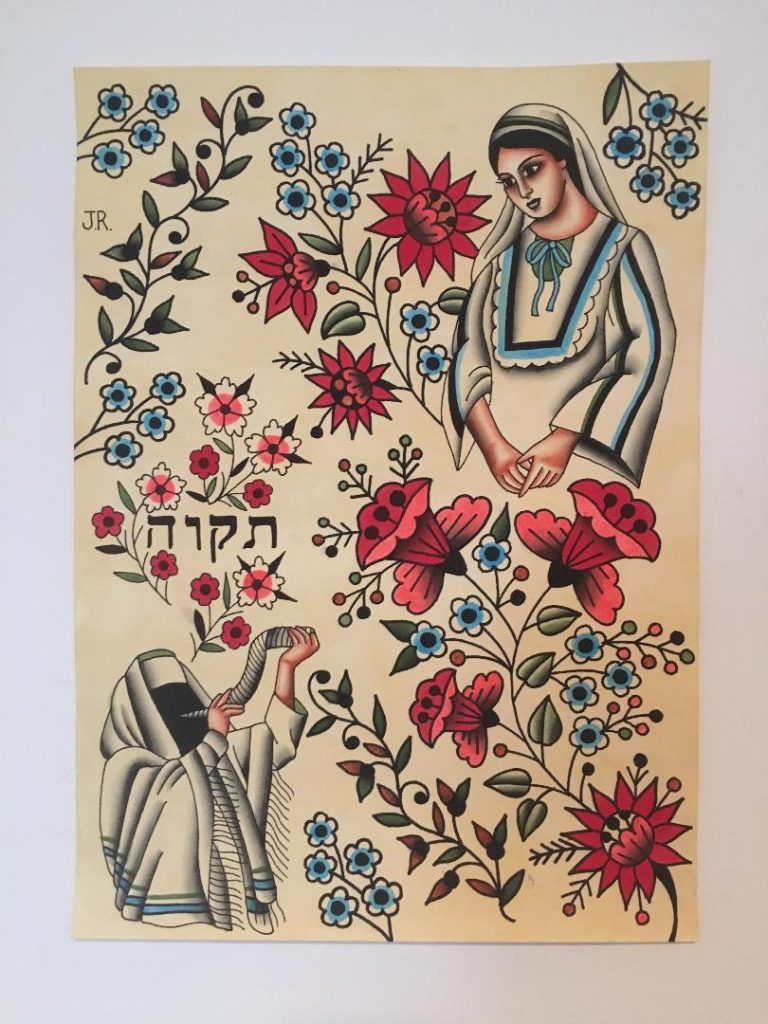
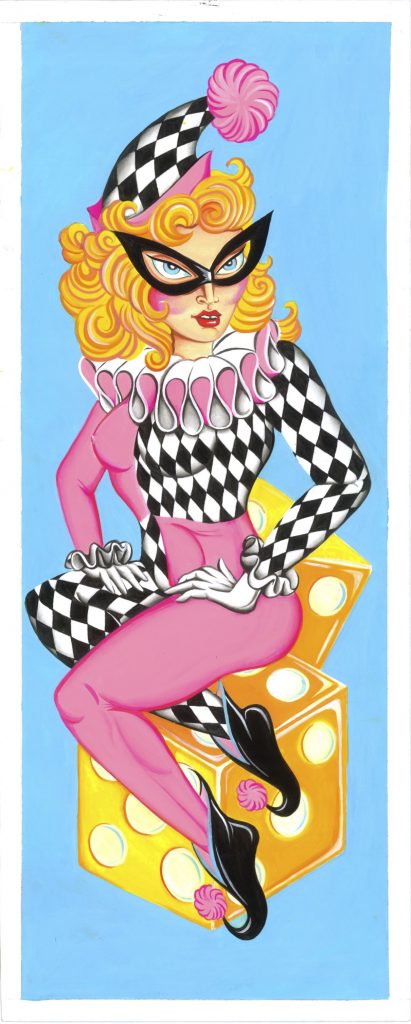
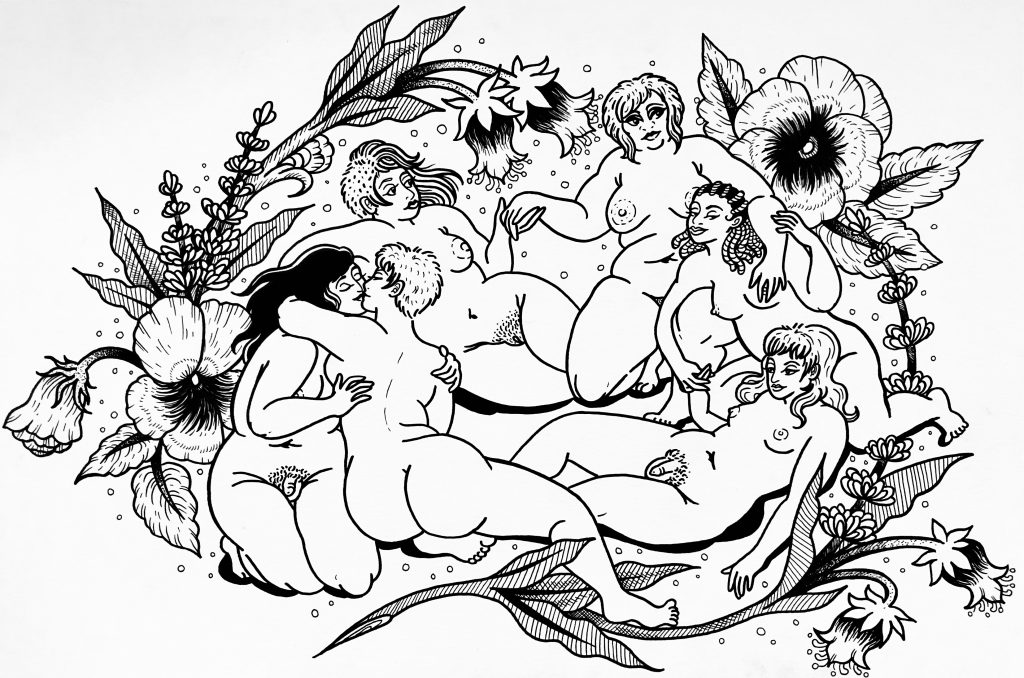
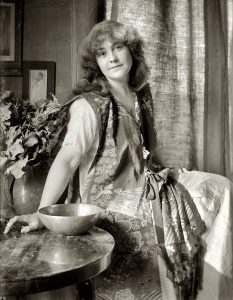 Rose O’Neill first illustrated Kewpie dolls to be featured in the Ladies’ Home Journal, and they swiftly became extremely popular. Born in Germany, their name derived from the word “Cupid”, for the Roman God of beauty.
Rose O’Neill first illustrated Kewpie dolls to be featured in the Ladies’ Home Journal, and they swiftly became extremely popular. Born in Germany, their name derived from the word “Cupid”, for the Roman God of beauty.